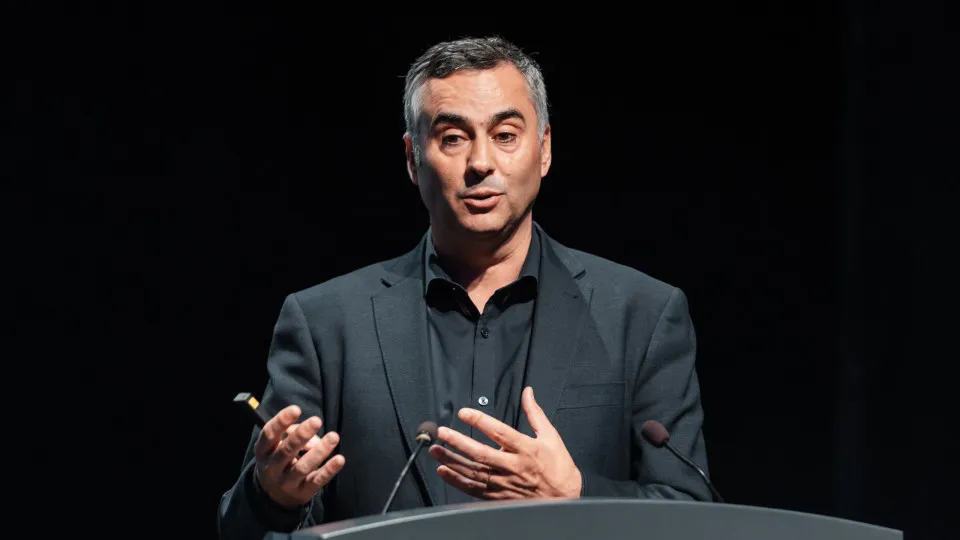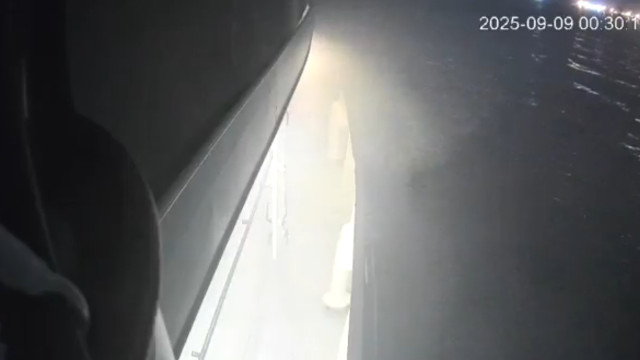
This case dates back to October 9, 2023, when the patient was admitted to the emergency department of the hospital due to a fall, was hospitalized in the urology department, and underwent surgery on the 22nd of the same month for drainage and resection of prostate fragments, with samples sent for pathological anatomy.
Upon discharge on November 3, 2023, an external urology consultation was scheduled for December 7 of the same year, which he did not attend as he was hospitalized again, the document states.
On November 6, 2023, after being discharged, the pathological anatomy report became available, concluding the “involvement of the prostate by primary colorectal adenocarcinoma.”
According to the Health Regulatory Entity (ERS), only on June 18, 2024, when the patient attended an external urology consultation, was the “diagnosis of colonic tumor communicated to the family.”
“Seven months passed between the publication of the diagnostic and therapeutic supplementary test result and its communication to the patient/family on June 18, 2024,” concluded the ERS.
The ULSSA justified this seven-month “time lapse” between the diagnosis and its communication to the family by the fact that the external consultation scheduled for December 7, 2023, had not taken place, claiming that thus “there was no opportunity to communicate the result of the endoscopic resection of the prostate, which revealed primary colorectal adenocarcinoma with prostate invasion.”
According to the resolution, after the patient missed the external consultation because he was hospitalized in the urology department, “no other communication was made to the patient and/or his family regarding the diagnostic test result.”
As a result, the ERS concluded that the ULSSA “did not fulfill its obligation to ensure the timely communication” of test results, which “may necessitate urgent access to healthcare and care plan definition.”
This case led the regulator to issue instructions to the ULSSA to, among other points, implement procedures to ensure that the results of any complementary diagnostic tests are delivered or communicated to patients in the most expedited manner possible, “especially when these results imply urgency in resorting to healthcare.”
The ERS became aware of this case through a complaint made by the patient’s daughter, who had dementia and passed away in July 2024.
In response to the ERS, the ULSSA stated that a system of alerts, developed internally by the Local Clinical Informatization Commission, was in the testing phase to ensure that critical results in the scope of the Pathological Anatomy Service’s activity are promptly reviewed by the medical team responsible for the patient.




